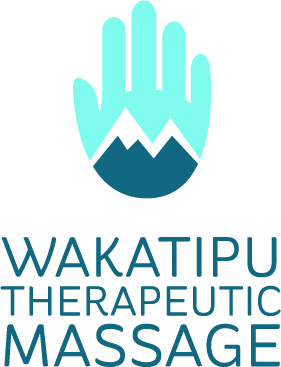Dry Needling
So… is dry needling like acupuncture?
Nope. Dry needling and acupuncture use the same tool, a monofilament needle, and insert it into the tissue. That’s pretty much where the similarities begin and end.
Why is it called DRY needling?
The alternative to dry needling (wet needling) would be something like a cortisone or steroid injection. The needles used for dry needling are not hollow and therefore are dry.
Does it hurt?
Depends on the person, but usually only a little. There’s a small pinching sensation when the needle is inserted and after its in, some people don’t feel it at all, some feel a gentle throbbing or heavy sensation, and you won’t know how it feels until you give it a go.
How does it work?
Dry needling activates a healing response in the body. When you create a small amount of damage by inserting a needled into the soft tissue, blood will naturally flow to the area to deliver cells designed to repair tissues, break down dysfunctional tissues, and remove the waste. This reduces inflammation, brings oxygen and nutrients to the damaged area, and the process continues after the needles have been removed. We sometime leave the needles in for up to 20 minutes to extend the amount of time the body spends on the healing process to encourage a greater healing response.
Dry needling is super effective for pain relief, reducing inflammation, and healing old or chronic soft tissue damage. It’s most effective when used in conjunction with other modalities such as massage and cupping.

